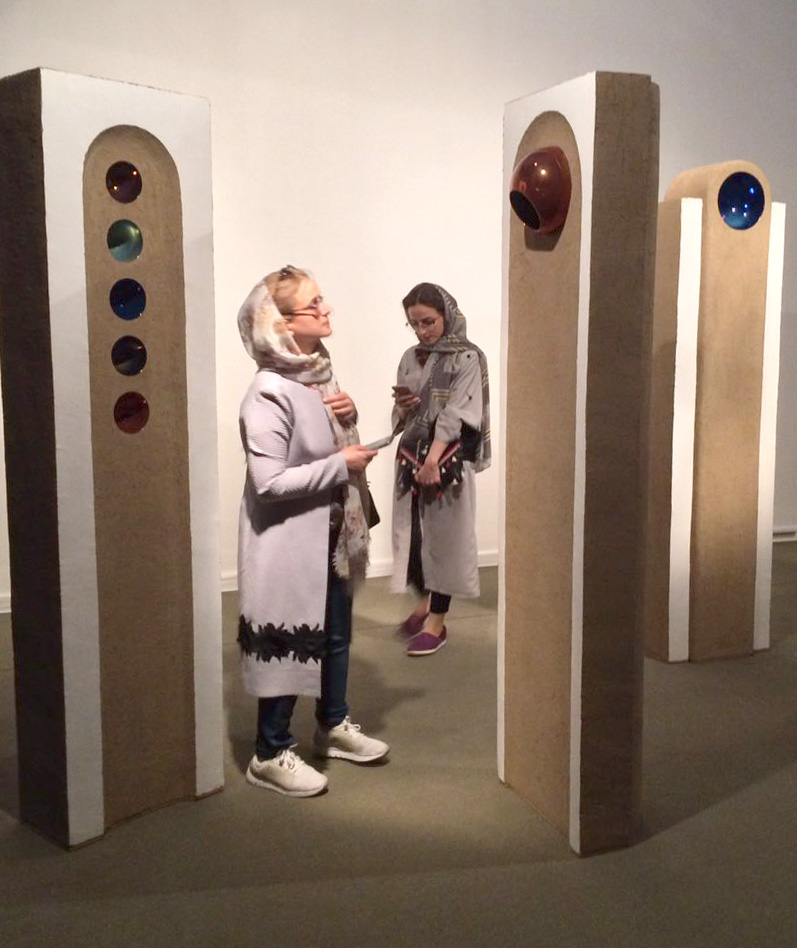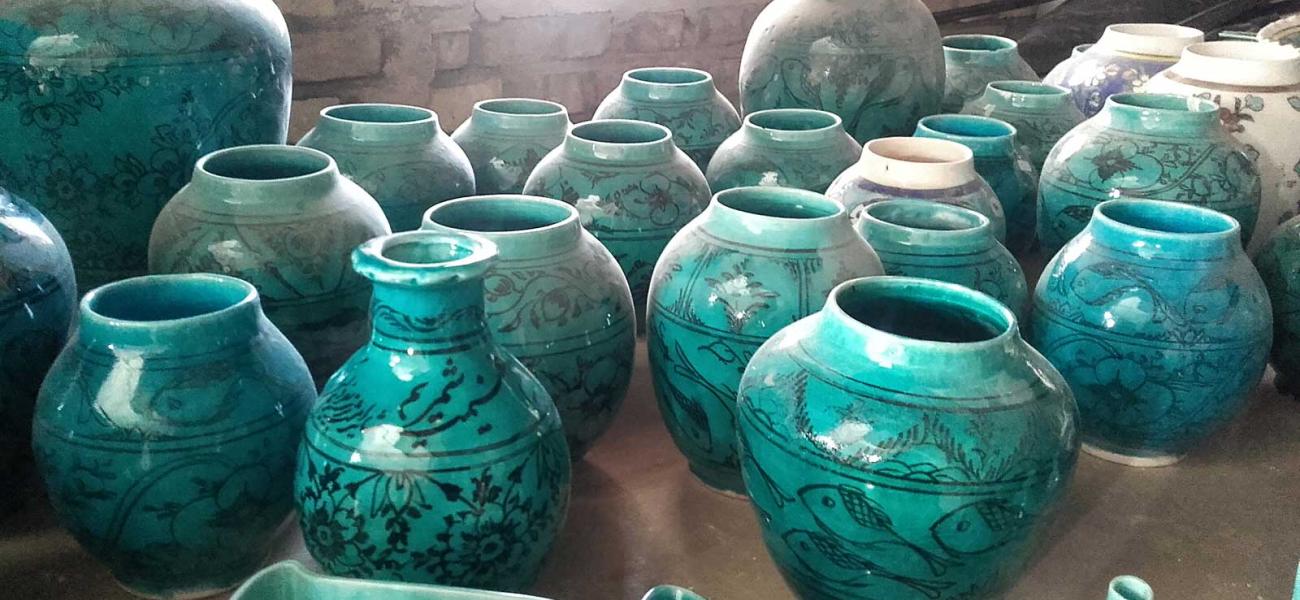*/ /*-->*/ /*-->*/

Iranian ceramics has been redefined alongside major sociocultural and political shifts, starting with the Qajar dynasty (1785-1925) and continuing to develop at the behests of the Pahlavis dynasty (1925-1979) and the Islamic Republic (1979-present). Beginning at the turn of the twentieth century, some Iranian potters responded to marginalization as a result of the global industrial revolution by reviving the artistry of their ceramics heritage. This historicism moved closer to situating pottery as symbols of identity—the embodiment of a desired cultural heritage. However, traditional potters struggled to compete with factory production, and many closed their doors over the next fifty-odd years.


